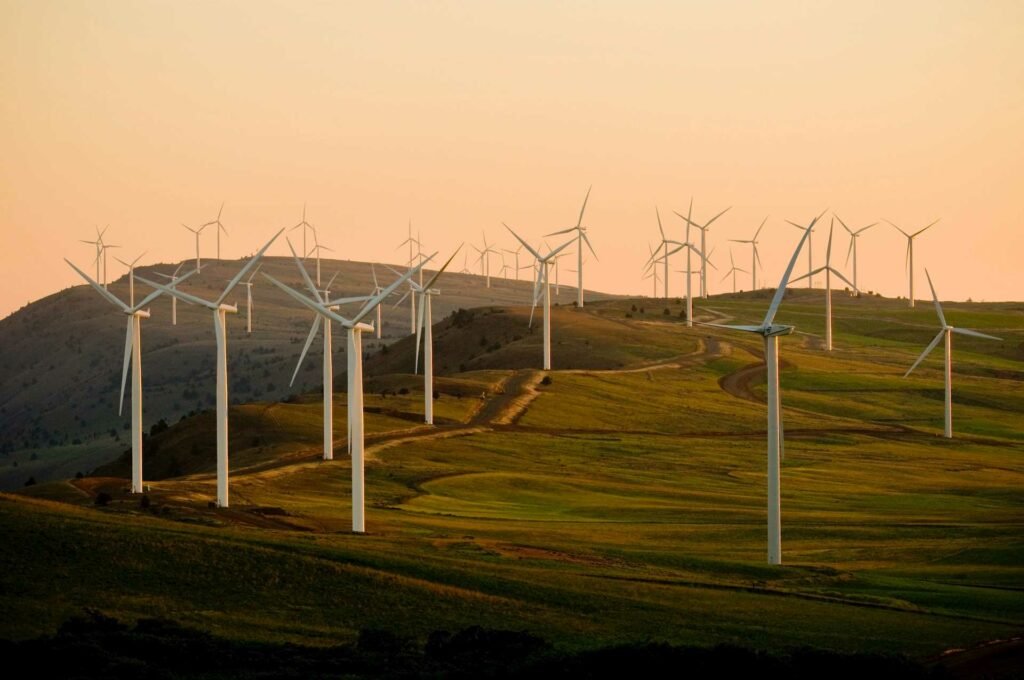
The world is going through a considerable climate crisis. People are rising against the challenges of climate change in the West. Greta Thunberg came up as a young climate activist to remind humans of the imminent danger. Be it an Australian forest fire that caused colossal destruction of our flora and fauna or increasing global warming, every country is aware of the upcoming threat. Therefore, renewable energy production is a permanent solution to alleviate this problem.
Countries are investing billions in strengthening their renewable energy production by installing new plants and implementing new policies. The West is privy to the importance of sustainable energy sources and makes subsequent reforms. Statistics suggest that India has also geared up in this field in the last five years.
Technology
It is evident that the Western diaspora has gone through a significant technical advancement in the 20th century and is maintaining the same. They are developing their techniques to harvest the maximum energy with the least expenses. India has also hiked the number of plants of renewable energy plants as there has been a 10% increase in power production through sustainable resources since 2014.
Moreover, India produced about 17.28% of its total energy by a sustainable energy source in 2014-15. It has gone up to 17.50% in 2017-18 and 19.10% in 2018-19. This paradigm change in energy production clears the country’s intention regarding the upcoming revolution of renewable energy. It further becomes more clear with the following infographic by Betway Casino.
Government Policies and Expenditure
Since the advent of renewable energy to such a considerable extent, subsequent expenditures and policies are being rolled out by governments of different countries. United Nations holds climate summits in which authorities from different countries come together, discuss various parameters, and set out their goal for renewable energy production in their country. Global investment in 2011 in renewables was $278.5 billion. It rose by 5% to $285.9 billion in 2015.
India is holding one of the most significant renewable capacity expansion programs in the world. It set out clearly that the country is aiming to double its renewable energy target to 450 GW by 2022. This would hike India’s revenue and make it ecologically more feasible as it is going through a pollution crisis lately.
Global Standards
India has had a meteoric rise in its sustainable energy production since 2014, but it still has problems to solve. For example, the country is not in a condition to quit coal power. However, the coal-power production fell to 4GW in 2017. India, China, Indonesia, and South Africa hold 86% of coal-powered plants under construction in developing nations.
India can produce only 5% more electricity than it consumes, and this has made it necessary to dive into other sustainable energy sources. The country ranks 2nd in Climatescope, 2018 by energy researcher Bloomberg NEF. Hence, things are changing for good, but challenges are prevailing that need a solution. India has made its mark around the world in renewables and sets a target to continue so in the coming years.
